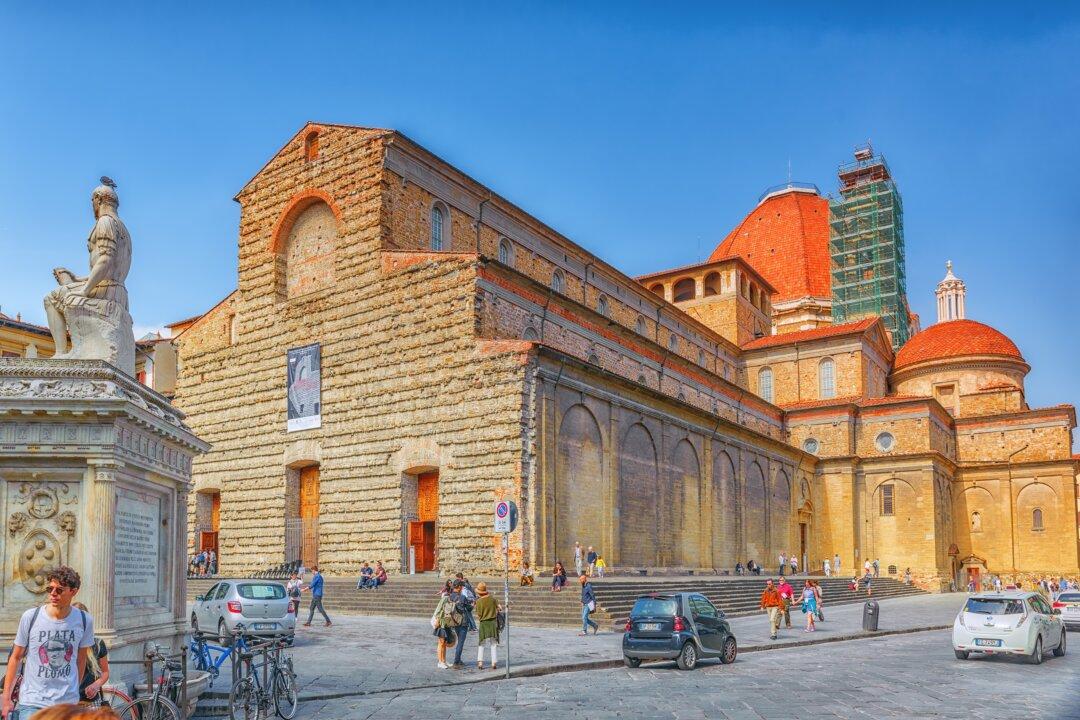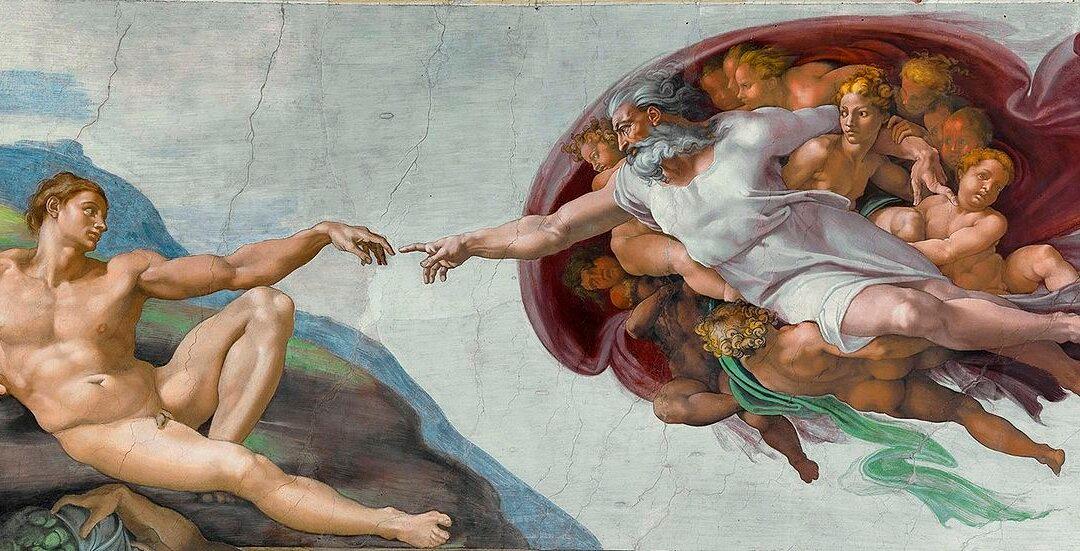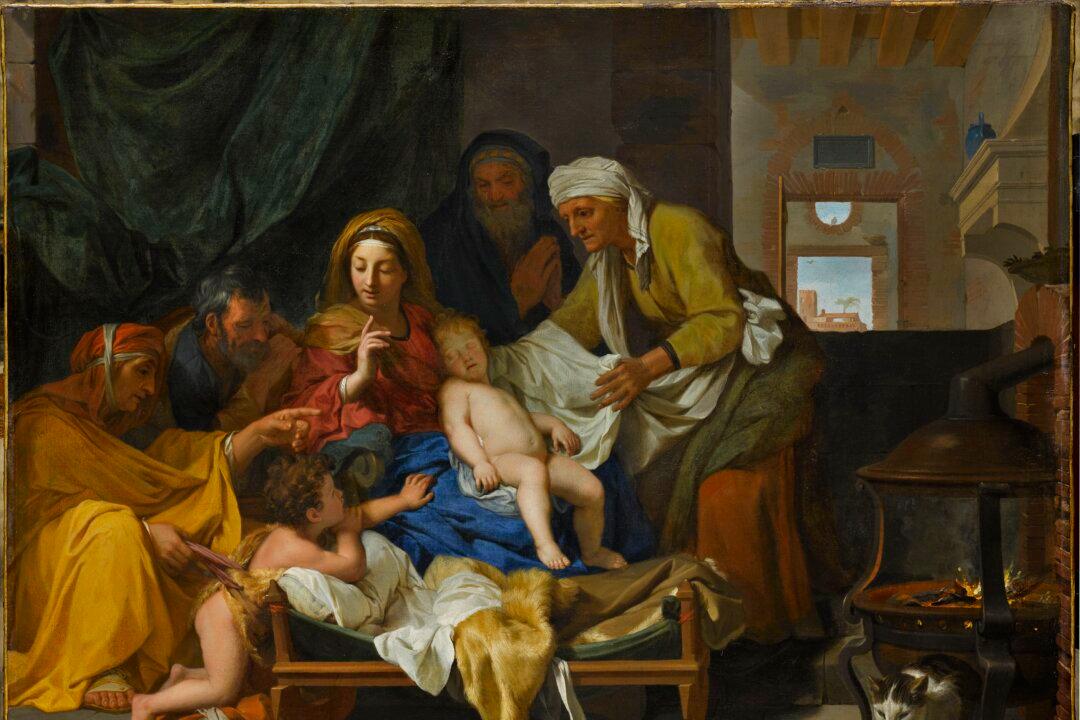It must have been an exhilarating moment in 1975 when museum director Paolo Dal Poggetto discovered a trapdoor hidden under a cabinet in the New Sacristy of the Basilica of San Lorenzo in Florence, Italy. Under the trapdoor, stone steps led down to a tiny chamber that had gone unnoticed for 500 years. At first, it appeared to be just a storage room for coal, but Dal Poggetto suspected more beneath the plaster of the walls, given the room’s location.
Experts spent weeks removing the plaster with scalpels searching for clues to art remains, uncovering dozens of drawings, many of which were with almost certainty attributed to Michelangelo Buonarroti.



